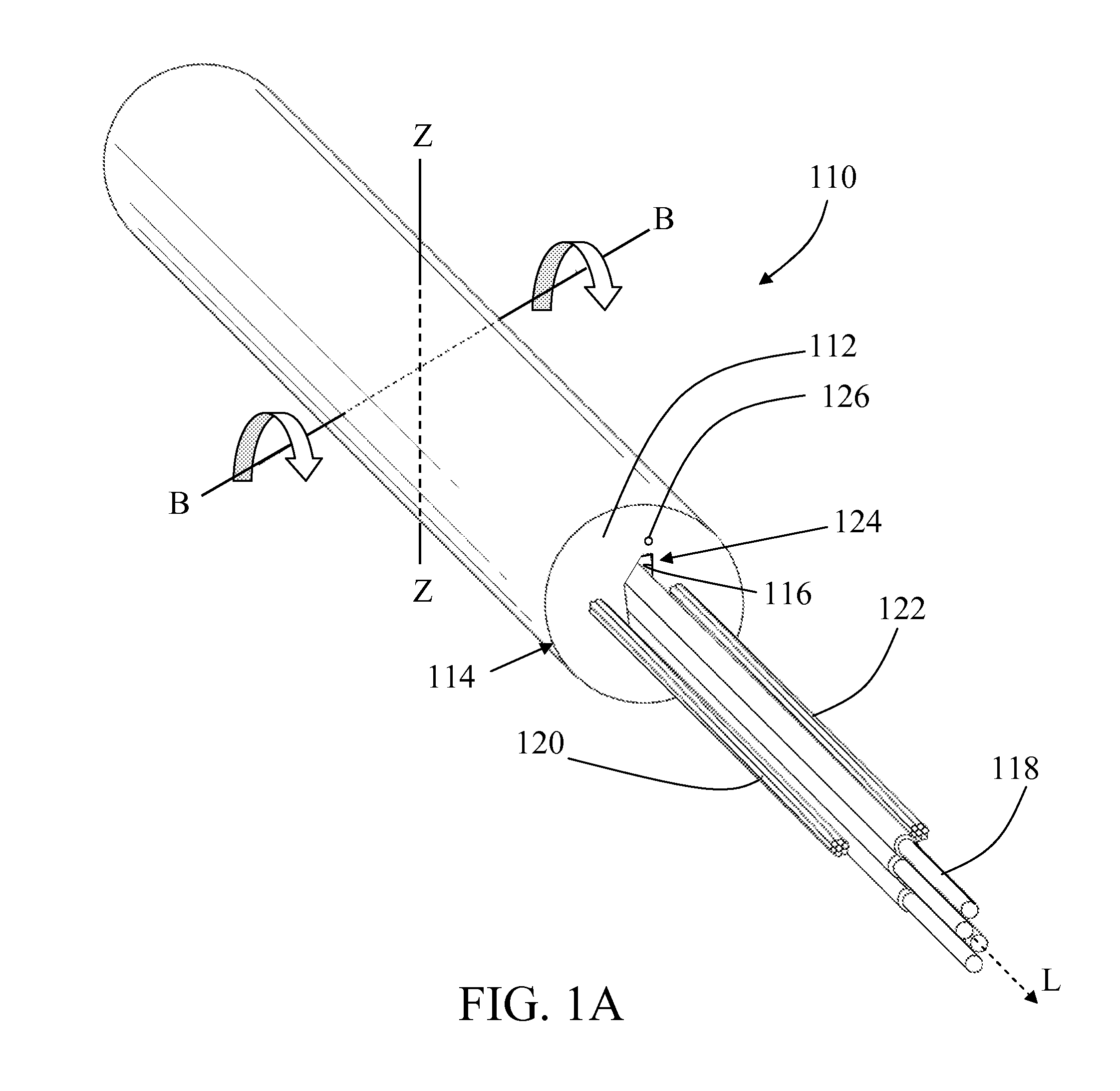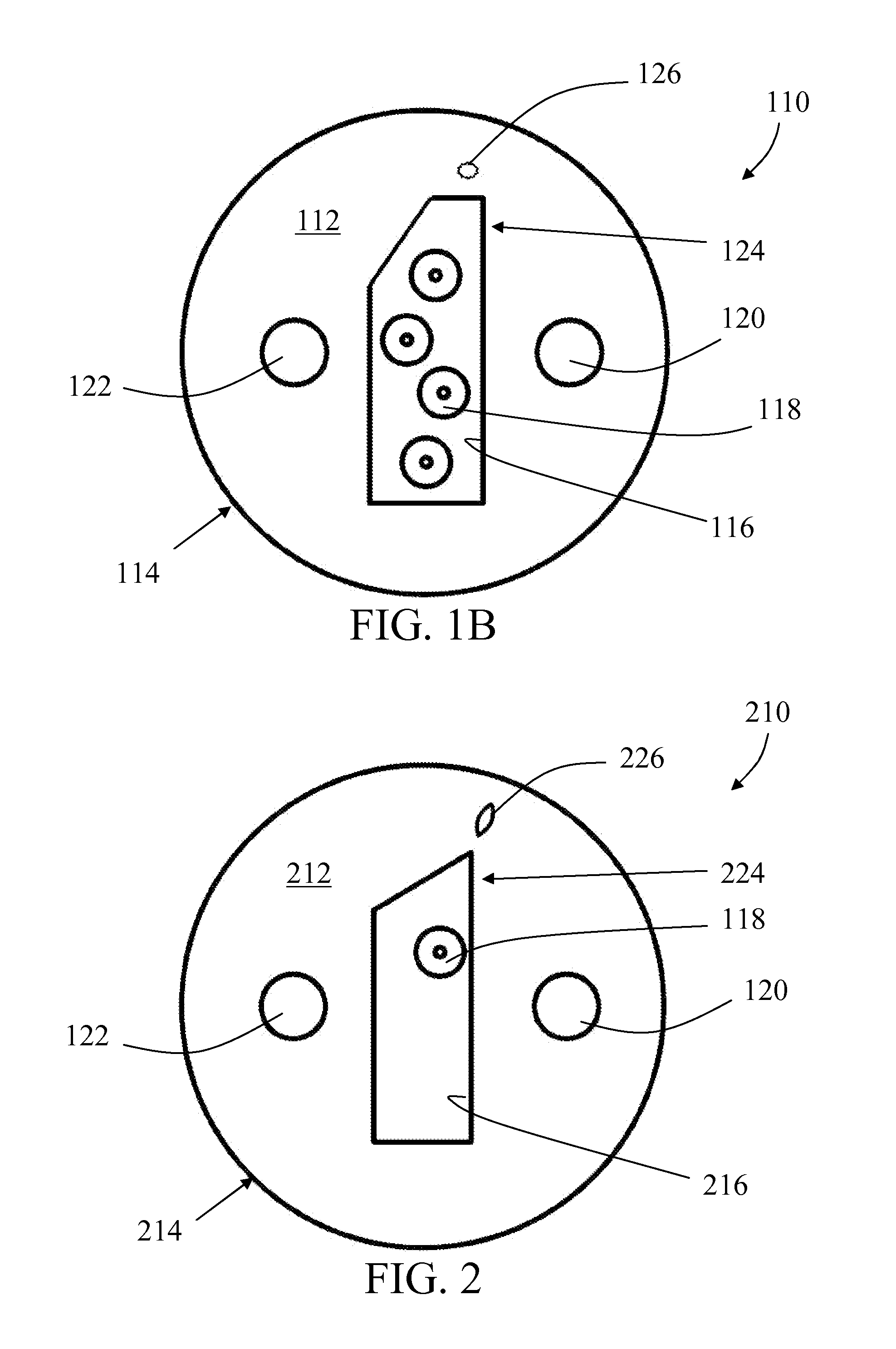Fiber optic cable for very-short-distance networks
a fiber optic cable and very-short-distance technology, applied in the field of fiber optic cables, can solve the problems of cable stiffness, cable is usually not intended for consumer handling, and is usually too stiff to be manually maneuvered in very-short-distance network applications
- Summary
- Abstract
- Description
- Claims
- Application Information
AI Technical Summary
Benefits of technology
Problems solved by technology
Method used
Image
Examples
Embodiment Construction
[0013]Before turning to the following Detailed Description and Figures, which illustrate exemplary embodiments in detail, it should be understood that the present invention is not limited to the details or methodology set forth in the Detailed Description or illustrated in the Figures. For example, as will be understood by those of ordinary skill in the art, features and attributes associated with embodiments shown in one of the Figures or described in the text relating to one of the embodiments may well be applied to other embodiments shown in another of the Figures or described elsewhere in the text.
[0014]Referring to FIGS. 1A-1B, a fiber optic cable 110 that includes a polymeric jacket 112 defining an outer periphery 114 and a cavity 116 interior thereto and an optical fiber 118 positioned within the cavity 116 of the jacket 112. The fiber optic cable 110 further includes a first longitudinal strength element 120 fully embedded in the jacket 112, and a second longitudinal strengt...
PUM
 Login to View More
Login to View More Abstract
Description
Claims
Application Information
 Login to View More
Login to View More - R&D
- Intellectual Property
- Life Sciences
- Materials
- Tech Scout
- Unparalleled Data Quality
- Higher Quality Content
- 60% Fewer Hallucinations
Browse by: Latest US Patents, China's latest patents, Technical Efficacy Thesaurus, Application Domain, Technology Topic, Popular Technical Reports.
© 2025 PatSnap. All rights reserved.Legal|Privacy policy|Modern Slavery Act Transparency Statement|Sitemap|About US| Contact US: help@patsnap.com



